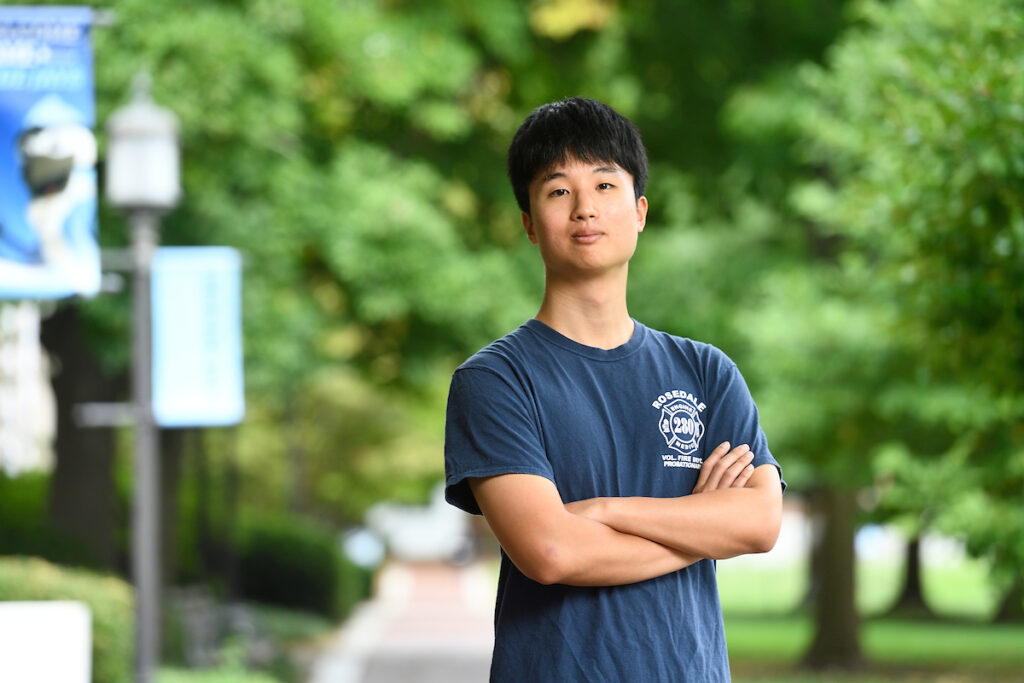
Sudden chest pain might be a sign of a heart attack, a panic attack, or even broken heart syndrome —a type of cardiac dysfunction known as stress cardiomyopathy caused by sudden physical or psychological stress, such as a car accident or a family member dying.
But stress cardiomyopathy is not always easy to identify. That’s why Jooyoung Ryu, a third-year student majoring in computer science, is using his Provost’s Undergraduate Research Award to train a machine learning model to better distinguish between stress cardiomyopathy and other acute cardiac syndromes, such as myocardial infarction—the technical term for a heart attack.
While the effects of a heart attack can be irreversible, the heart generally returns to normal after stress cardiomyopathy, notes Ryu. As a result, the conditions require different treatments. “But right now, there’s no pragmatic clinical tool to differentiate early on if the patient has stress cardiomyopathy or myocardial infarction,” he says.
Enter machine learning. Advised by Robert Stevens, an associate professor of anesthesiology and critical care medicine at the School of Medicine, Ryu and other members of the Laboratory of Computational Intensive Care Medicine are training an artificial intelligence model to look at electrocardiograms (ECGs) for signatures that can help physicians better distinguish between different types of acute cardiac dysfunction shortly after their onset.
Making this distinction could significantly increase precision in directing additional tests and treatments—especially ones that are higher-risk and resource-intensive, such as coronary angiography, a procedure using special dye and X-rays to see how blood flows through the arteries in the heart.
So far, the team has trained its model using ECG waveforms and other clinical features as input data. “Currently, we have a very strongly functioning model,” Ryu reports. “Now we’re focusing on making it perform better, moving on to hyperparameter tuning.”
A premed student, Ryu has volunteered for the past year with the Rosedale Volunteer Fire Company in Baltimore. “I’ve observed that caring for patients as an EMT is both challenging and rewarding,” Ryu says. “What really stands out to me is the importance of staying calm under pressure and working closely with the other paramedics on the scene to provide the best care possible.”




